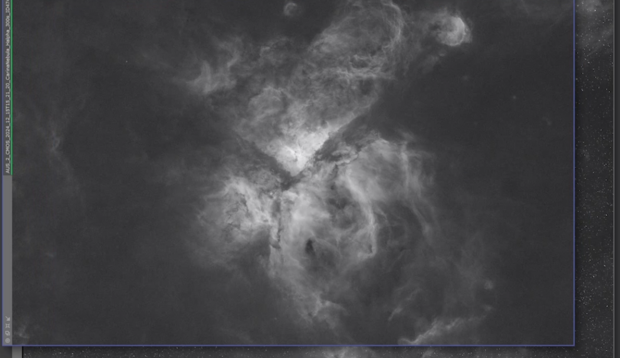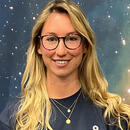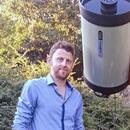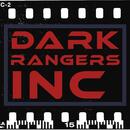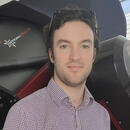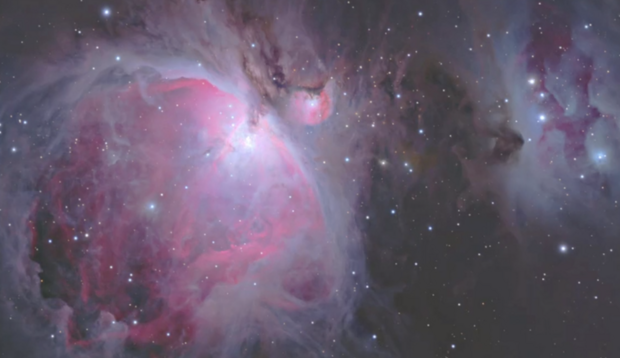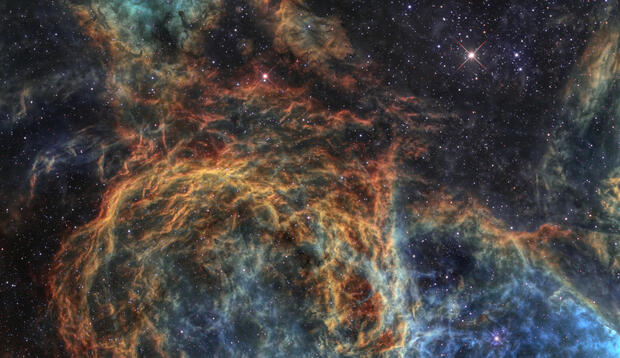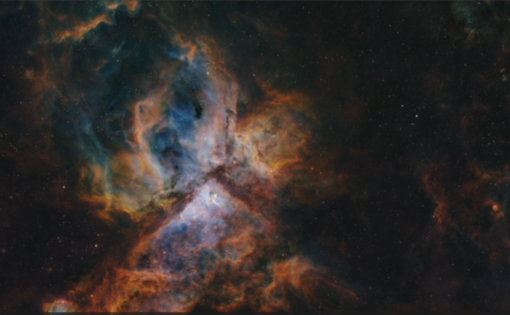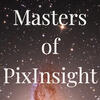Our tutors
Most Popular
All Tutorials
Creating Precision Masks with the FAME Script in PixInsight
In this tutorial, Warren Keller, Telescope Live Tutor and Co-Founder of Masters of PixInsight, introduces the FAME (Flexible Area Mask Editor) script by Frank Marek, a versatile tool for creating masks in PixInsight. Warren compares FAME to other popular scripts and emphasizes its Photoshop-like ease of use. Key features discussed include:
Intuitive Mask Creation:
- Use freehand and elliptical selection tools, similar to Photoshop’s Lasso tool, to quickly draw and modify masks. Adjust and rotate selections with ease.
Mask Types and Options:
- Generate binary masks for precise edits or lightness masks for natural image gradation. Warren also explores feathering settings to soften mask edges.
Practical Applications:
- Apply masks to target specific areas of your image, enhancing or protecting details as needed. Warren shares tips for achieving optimal results using PixInsight’s convolution tool for extra feathering.
Mastering Generalized Hyperbolic Stretch in PixInsight
In this tutorial, Ryan Voykin from Dark Rangers Inc. explains the Generalized Hyperbolic Stretch (GHS) process in PixInsight, showcasing its powerful ability to bring out faint details and control bright areas in astrophotography images. Key steps include:
Setting Up for GHS:
- Learn Ryan’s preferred method for using GHS, focusing on gradual adjustments to highlight faint details without over-brightening.
Controlling Dynamic Range:
- Discover techniques to balance shadows and highlights by targeting darker areas first, progressively moving to midtones and bright areas for optimal contrast.
Adjusting Final Colors and Stars:
- Enhance colors by manipulating individual channels and using SCNR to remove magenta from stars, providing a cleaner look to the final image.
Removing Artefacts with Blemish Blaster in PixInsight
In this tutorial, award winning astrophotographer and Co-Founder of Masters of PixInsight, Warren Keller demonstrates how to use the Blemish Blaster script by Frank Marek (SetiAstro) to remove unwanted artefacts from astrophotography images in PixInsight. This script offers an alternative to the Clone Stamp tool, making it easy to blend away blemishes. Key points include:
Setting Up Blemish Blaster:
Learn how to access and install the script, and prepare your image by removing stars for easier artefact cleanup.
Using the Script to Remove Blemishes:
Explore techniques for selecting blemishes with circular or freehand selections and adjust settings like feathering and opacity for smooth repairs.
Understand when to use this tool versus more advanced options in Photoshop, especially for challenging artefacts.
Practical Tips and Applications:
Warren shares insights on handling various image issues and demonstrates Blemish Blaster's effectiveness in maintaining a natural look in cleaned-up images.
Enhancing HDR with Color Corrected HDRMT
In this tutorial, Warren Keller, Co-Founder of Masters of PixInsight, demonstrates the powerful Color Corrected HDRMT script by Russell Croman of RC Astro. This script serves as a refined alternative to PixInsight’s HDRMT, preserving color saturation while enhancing detail. Key highlights include:
Understanding HDRMT and Masking:
Learn how to use an internal lightness mask and apply the HDRMT process to reveal hidden details in bright areas, such as the core of M42 (Orion Nebula).
Introducing Color Corrected HDRMT:
Explore how this script integrates the HSI color space to retain vivid color while compressing the brightness range, preventing the usual desaturation seen with traditional HDRMT.
Optimal Settings for Best Results:
Warren shares tips on finding the right opacity (or “amount”) for the script to balance detail and color, ensuring a harmonious result.
This tutorial provides a practical guide for using the Color Corrected HDRMT script to bring out both vibrant color and intricate details in your images.

